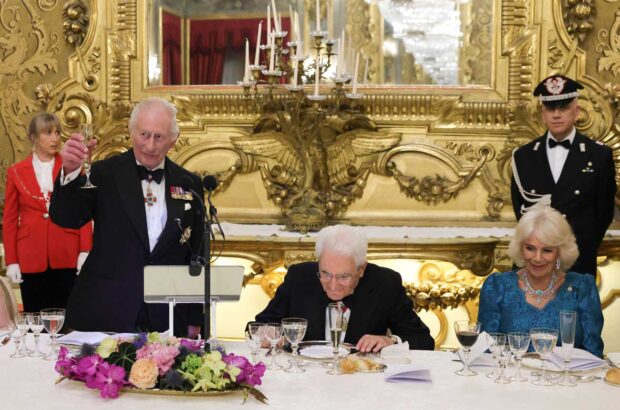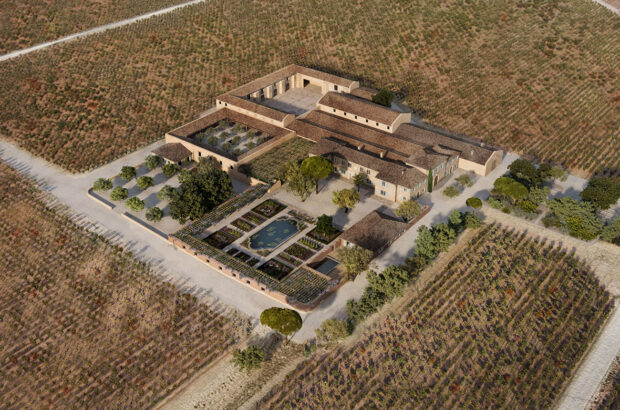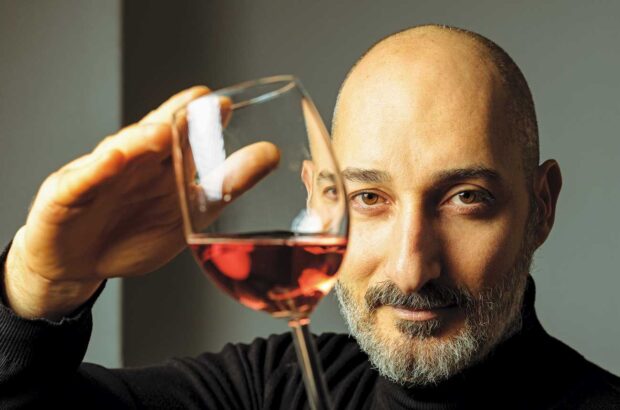Six hectares of hybrid vines in upstate New York are looking to receive American Viticultural Area (AVA) recognition, according to proposals that were submitted to the Federal Register on June 30, 2015.
The application for the proposed Champlain Valley of New York AVA was submitted by Colin Read of North Star Vineyard on behalf of the Lake Champlain Growers Association.
They are looking for recognition of grapes grown in an 82-mile long narrow valley on the western shores of Lake Champlain near the Adirondack Mountains and the border with Vermont. The area itself covers 500 square miles, and is currently not located within any established viticultural area.
Unusually for an AVA application, the winegrowers have proposed a list of suitable hybrid grapes for planting, because the short growing season and cool climate means that vitis vinifera grape varieties find it hard to survive, and there are regularly winters with extended periods below freezing.
Lindsey Zahn, beverage lawyer based in New York, commented to decanter.com, ‘AVAs generally do not restrict the types of grapes used, so a vineyard is free to use any varietal or grapes they wish even if the label will contain the AVA as the appellation. I think [the use of] hybrids [here] has more to do with climate than with regulations. I see more hybrids in northern/upstate New York than in other regions’.
‘The grapes are mainly French-American hybrids that have been cloned or engineered by the university of Minnesota,’ Dan Vesco of Vesco Ridge Vineyards in Champlain Valley said. ‘From soils studies done by Cornell University, and from our own experience, they are the ones that work best here’.
There are six bonded wineries and eleven commercial vineyards in the area that collectively work just 6.2 hectares, according to the petition sent to the Alcohol and Tobacco Tax and Trade Bureau (TTB). Currently four other growers are either planting or preparing the ground for doing so.
‘Receiving the AVA would confirm this as a legitimate growing area,’ Vesco said, ‘and attract other growers. We expect the area under vine to triple over the next few years’.
Comments on the proposals are due to be collected by TTB until August 31.
As of July 2014, there were 214 AVAs approved by the TTB.







